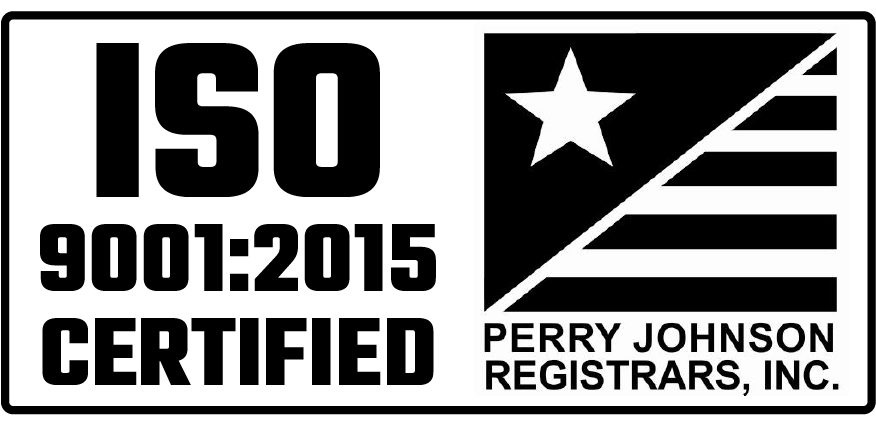As an industrial manufacturer, your operation is subject to cyclical production — some months demand is high, others low. Historical sales data can give you a feel for when the peaks and valleys might happen, but how do you effectively plan for seasonality when so many aspects of your business are impacted?
Managing costs, vendors, personnel, processes and delivery deadlines when production shifts occur is part balancing act, part proactivity. However, it doesn’t have to be overwhelming when you implement these strategies:
Look to the past to predict the future
Accurately forecasting for seasonality is the result of gathering and analyzing data from past years that not only helps uncover internal needs, but vendor and materials availability, customer ordering patterns and fulfillment expectations as well.
You may have the benefit of reporting systems that capture this information and simplify historic demand and supply chain comparisons. If not, you’re not out of luck. Seasonal patterns can also be determined by reviewing human resources staffing utilization records or even past orders you placed with vendors. Armed with this knowledge, you have a more holistic view of the resources you need to navigate seasonality. Then, you can put real numbers to your anticipated personnel, equipment, materials, and time commitment needs.
Build and leverage selective vendor partnerships
Instead of amassing a large number of suppliers to call upon when demand ramps up, focus on building a true value chain between your facility and select upstream and downstream vendor partners.
Cultivating quality vendor relationships has several advantages you can leverage throughout the year, not just during peak production. For example, you may be able to negotiate certain cost reductions or be among the trusted manufacturers with whom upstream vendors share their insights about what they see trending, so you’re better prepared for what may be coming. In turn, you can share this information with downstream vendor partners so they can adapt accordingly.
Rethink production efficiencies
Identifying practical ways to shorten production lead time helps bring equity to the ups and downs of seasonality by enabling you to quickly and effectively respond to fluctuations in demand. Lean Manufacturing is a proven way for industrial manufacturers to minimize waste, improve quality and increase production efficiencies and flexibility. Implementing these best practices speeds time to market, which augments the lead time saved upfront when demand is high, and also maximizes potentially decreased staffing capacity when demand is low without adversely affecting delivery.
Streamline final assembly
Given the size and complexity of industrial equipment and vehicles, the various components needed to complete a build can slow production and compromise demand-driven deadlines. While a “build ahead” philosophy could accommodate this need, you’re committing to buying and storing extra inventory, which increases your risk of overstocking, leading to wasted money.
In addition, inattention to the amount of final assembly time used could also mean lost profits. Keeping this time to a minimum is essential, and contract manufacturing is a pragmatic solution.
For example, let’s say specs for a piece of heavy construction equipment call for a large electrical assembly. You could try to design the assembly in-house, but it could disrupt your production process and cost you a significant amount of time to complete. Or, you could outsource the job to a trusted vendor partner to design, build and provide assemblies that are ready for seamless insertion on the line — a real value-add when a seasonal demand cycle kicks in.
Managing seasonality isn’t a once-a-year activity. It requires forward thinking and using the best tools for continuous improvement, like Lean Manufacturing. Learn more by downloading Tips for Successfully Implementing Lean Manufacturing Practices. Click the button below to get your copy of this valuable tip sheet.





